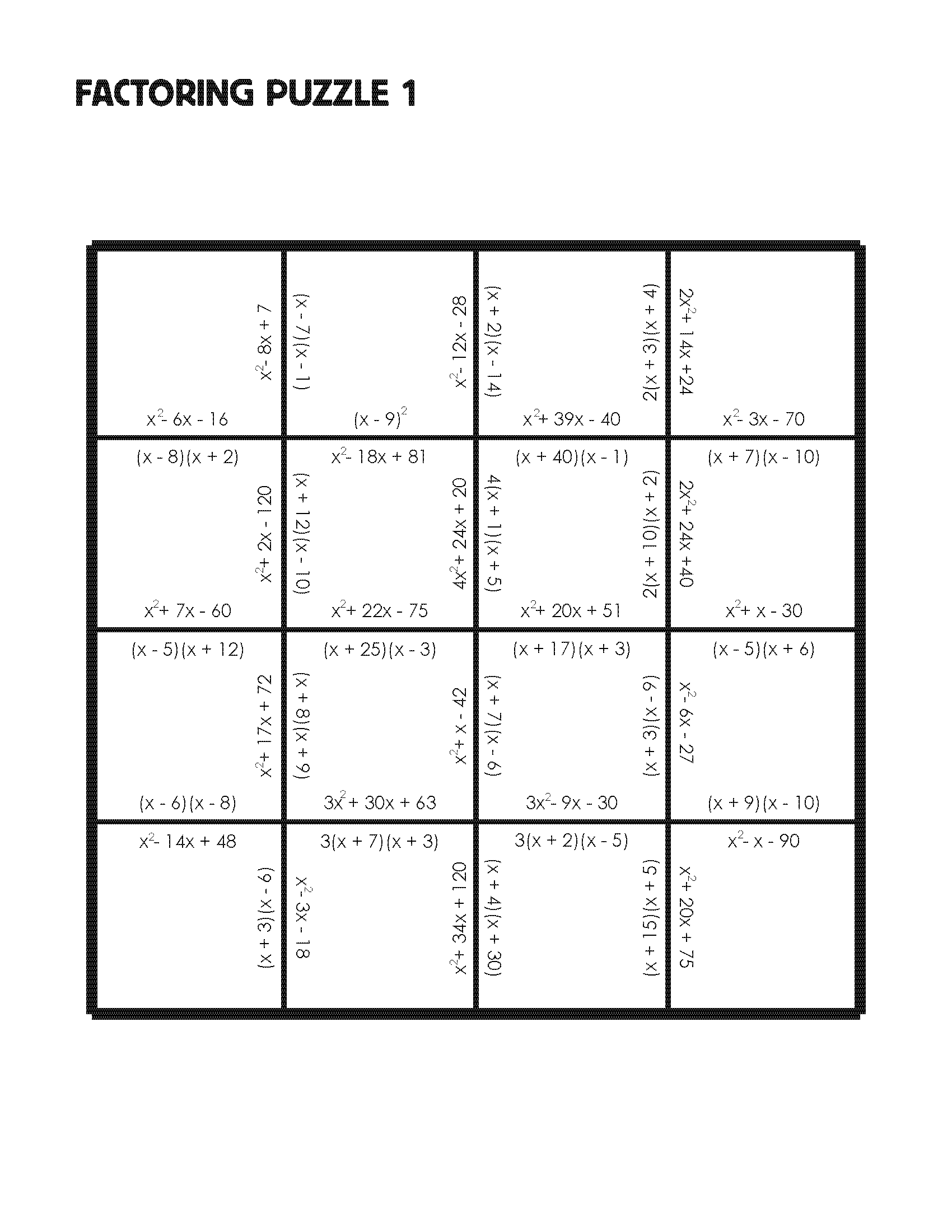“What’s your name, what’s your monomial?”
This is a great activity that was inspired by Matt Vaudrey’s Equation Speed Dating. In this lesson each student gets to create their own monomial – which I constrained to having to be even and with a variable. Then they break up their paper into three columns: Partner / Our Binomial / Our Rectangle. The students pick a partner and join each others monomials together to create “Our Binomial”. Then they factor their binomial and represent it as a rectangle by labeling it’s dimensions and indicating the area. I circulate the room and once it appears every group is finished, I have everyone get up and find a new partner. I’m demanding here that all students get up out of their seats and move somewhere new.
After a couple rounds I started having them draw their monomial and their partners monomial as separate rectangles, and then draw them together.
I have been focusing on a geometric approach to factoring, so the rectangle column was a great addition to previous times when I have done this activity but only asked for the solution.
The column “Our Binomial” does a nice job reinforcing that a binomial is the combination of two monomials.
The Advice
Don’t require them to say “what’s your monomial?”, “do you agree that our binomials is…. “, but inspire them to say it by modeling it. A lot of my students were saying it because I was giving them messages that anytime they get the chance to say “monomial” or “binomial” they need to take it.
Tell the students not to move onto a new partner when they are finished. They need to wait until you tell them to switch partners.
Remind them that you are really counting on the partners to catch any errors! Because you can’t do the problems on the board since every pair is working a different problem. “And yes, you are the partner I am counting on for someone else.”
“What’s your name, what’s your monomial?” No that’s not a pickup line for Speed Dating… or is it?





